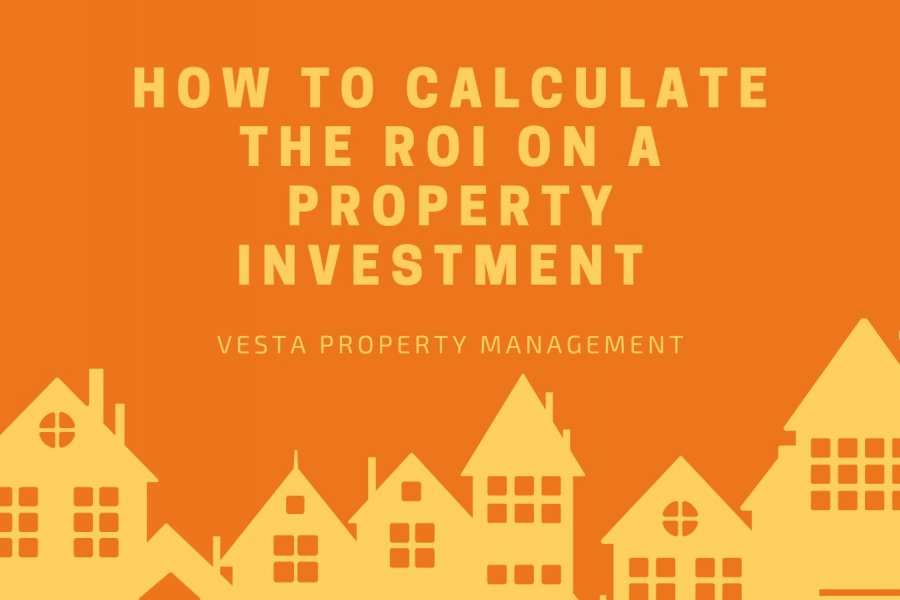
Investing in rental properties can be a great way to build wealth, but understanding how profitable a property will be is essential for success. One of the best ways to assess profitability is by calculating the Return on Investment (ROI).
Knowing how to calculate ROI helps landlords measure how well their property is performing and determine whether it's worth the time and money they’ve put in.
In this article, we will guide you through how to calculate the ROI on different types of rental properties. Whether you're dealing with long-term leases or short-term rentals, knowing the right metrics to use will help you make more informed decisions.
Traditional Rental Properties
Long-term lease properties are rental units leased to tenants for an extended period, usually a year or more. This type of investment typically offers stable and predictable income streams because tenants commit to monthly rent payments for a fixed time. Long-term rentals tend to have lower vacancy rates, which means a more consistent cash flow for landlords.
To calculate ROI on long-term properties, it’s important to focus on the property's cash flow, operating expenses, and long-term value appreciation. The consistent rental income makes it easier to project annual profits, but maintenance costs and property management fees can affect profitability.
Vacation and Short-Term Rentals
Short-term rental properties are rented out for days, weeks, or a few months at a time. These rentals can generate higher income on a per-night basis compared to long-term rentals, but they come with higher vacancy risks, fluctuating income, and increased management responsibilities.

While short-term rentals may be more profitable in vacation hotspots or urban centers with high tourist traffic, they also incur more costs, such as regular cleaning, higher property management fees, and the need for constant marketing to keep the property booked.
This variability requires a different approach to ROI calculation, where landlords need to account for periods of vacancy and the extra expenses tied to running a short-term rental business.
Understanding ROI on Rental Investments
ROI measures how much profit you’re making relative to the amount you invested in a property. There are several ways to calculate ROI depending on what metrics you prioritize, such as simple ROI, cap rate, and cash-on-cash return.
Basic ROI Formula
The simplest way to calculate ROI is by using this basic formula:
ROI = (Net Profit ÷ Total Investment Costs) x 100
In this context, "Net Profit" refers to the annual rental income minus all annual expenses, including mortgage payments, property taxes, maintenance, insurance, and property management fees. "Total Investment Costs" refer to the initial amount you spent to purchase the property, including the down payment, closing costs, and any initial repairs or renovations.
For example, if your total annual net profit is $12,000, and you invested $100,000 in the property, the ROI would be:
ROI = ($12,000 ÷ $100,000) x 100 = 12%
This means you’re earning a 12% return on your investment each year.
Calculating Cap Rate for Your Property
The capitalization rate (or cap rate) is a popular metric used to evaluate a property's profitability, especially when comparing similar properties in the same market. The cap rate can be calculated using the below formula:
Cap Rate = (Net Operating Income ÷ Property Value) x 100

Net Operating Income (NOI) refers to the property’s annual income after subtracting operating expenses, but before subtracting mortgage payments. This method focuses on the property's ability to generate income relative to its market value rather than its initial purchase price.
For example, if a property generates $15,000 in annual net operating income and is valued at $250,000, the cap rate would be:
Cap Rate = ($15,000 ÷ $250,000) x 100 = 6%
This cap rate can be compared with similar properties to assess how competitive the property is in terms of generating income.
Assessing Cash-on-Cash Return
The cash-on-cash return (CoC return) focuses on how well your property performs with the actual cash you’ve invested in it, excluding financing from loans. This metric is useful for landlords who’ve taken out a mortgage to finance their rental property, as it isolates your direct cash input.
The formula for cash-on-cash return is:
Cash-on-Cash Return = (Annual Pre-Tax Cash Flow ÷ Total Cash Invested) x 100
To calculate your annual pre-tax cash flow, subtract all expenses, including mortgage payments, from your gross rental income. Your total cash invested refers to the actual cash you put into the property (down payment, closing costs, and renovations).
For instance, if your annual pre-tax cash flow is $10,000 and you invested $50,000 in cash, your CoC return would be:
Cash-on-Cash Return = ($10,000 ÷ $50,000) x 100 = 20%
This means you’re making a 20% return on the cash you invested in the property.
Ideal ROI for Rental Properties
There’s no one-size-fits-all answer to what constitutes a “good” ROI for a rental property. However, many real estate investors aim for an ROI of at least 8-12% for long-term rental properties. Short-term rentals often target higher ROIs, sometimes exceeding 15%, due to their higher income potential but also higher risks and expenses.
Properties in high-demand areas may offer lower percentage returns but more consistent income, while riskier markets may offer higher potential ROI but with greater uncertainty.

The 1% Rule in Real Estate
The 1% rule is a guideline used by real estate investors to quickly evaluate whether a rental property is likely to be profitable. It recommends that the monthly rental income should be no less than 1% of the property's purchase price.
For example, if you buy a property for $200,000, according to the 1% rule, you should aim to charge at least $2,000 per month in rent ($200,000 x 0.01 = $2,000).
Bottom Line
Calculating the ROI on rental properties is essential for evaluating the profitability of your investment. Aiming for a strong ROI, keeping an eye on market trends, and knowing the 1% rule will guide you in identifying whether a property is a good investment.
At Vesta Property Management, we understand that calculating ROI and managing a rental property can be time-consuming. Our expert team is here to help you maximize your returns by handling all aspects of property management, from tenant relations to maintenance and financial reporting.
Contact Vesta Property Management today to discover how we can help you achieve a higher ROI and grow your real estate portfolio!